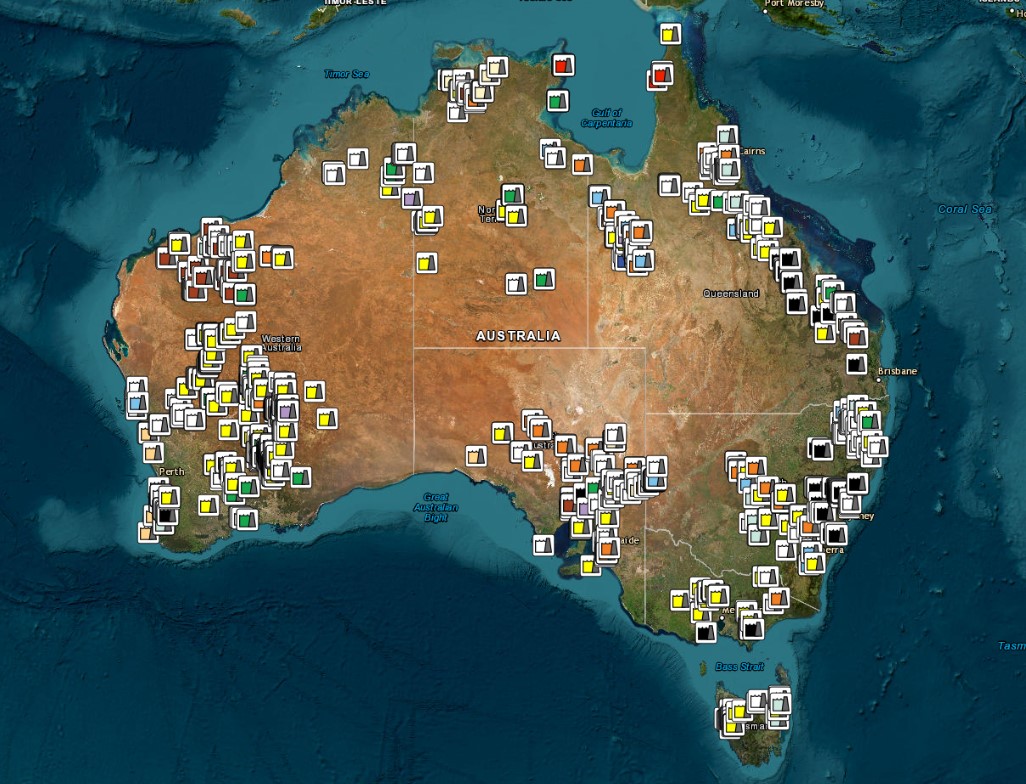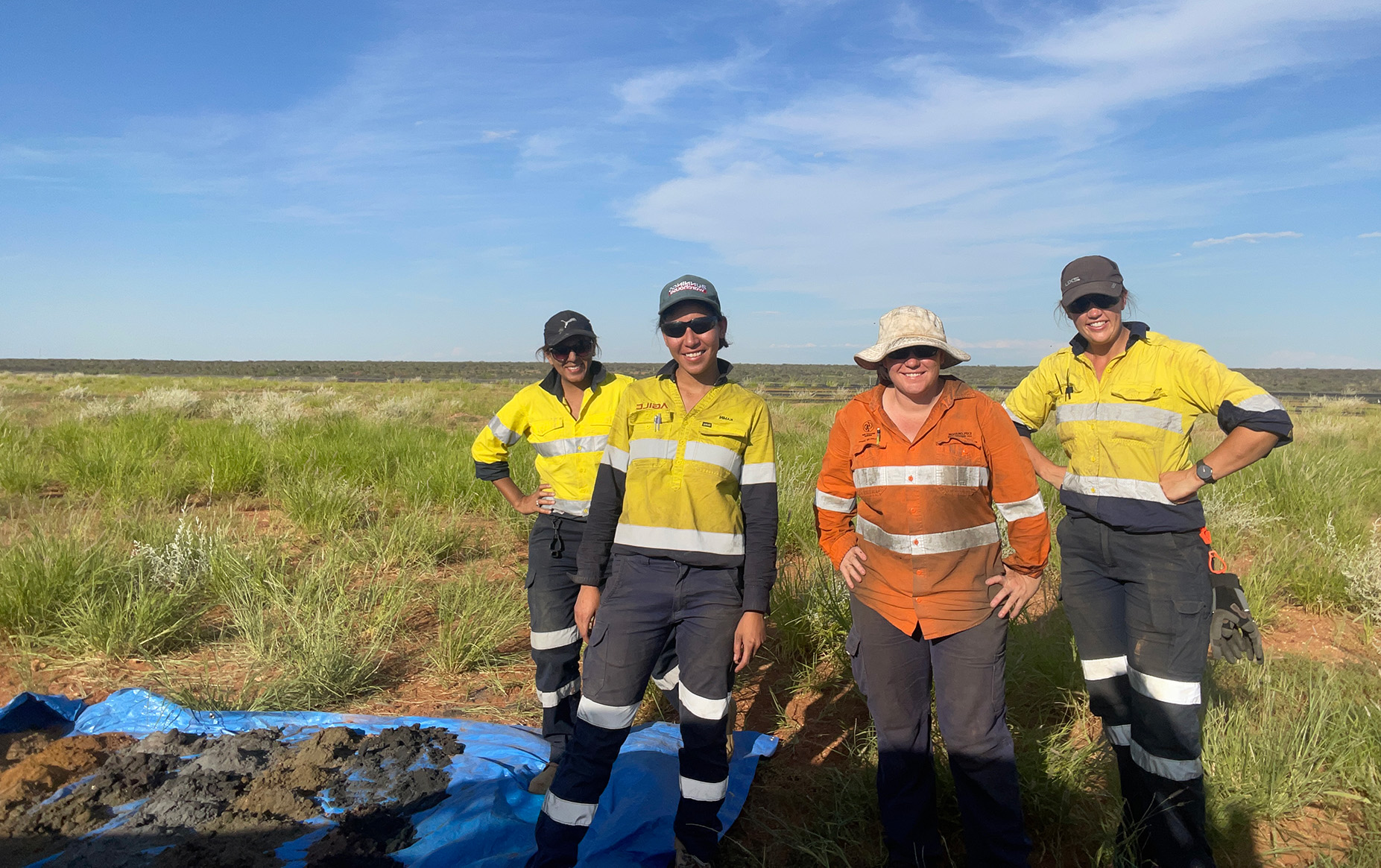
A virtual atlas offering unprecedented insights into Australia’s mine waste sites has been released after geoscientists from across the country, including The University of Queensland (UQ), joined forces for an ambitious new project.
The Atlas of Australian Mine Waste Mine catalogues geological, chemical and geographical data on hundreds of tailings, waste rock, smelter residues and related mine waste materials sites, and hosts it on a publicly accessible online hub. The project was led by Geoscience Australia (GA) in partnership with UQ’s Sustainable Minerals Institute (SMI), RMIT University and the geological surveys from most state and territories to produce the Atlas.
SMI’s Mine Waste Transformation through Characterisation (MIWATCH) Group is leading the effort to determine the presence of critical metals at waste sites, and therefore their ‘re-mining’ potential, which has involved visiting and characterizing dozens of sites.
MIWATCH Group Leader Associate Professor Anita Parbhakar-Fox said the Atlas could help unlock the value of Australia’s mine waste sites.
“There could be as many as 50,000 mine waste sites across the country, but their chemical properties and mineralogical characteristics are yet to be collated. The Atlas aims to fix that,” Dr Parbhakar-Fox said.
“The Atlas could be a catalyst for a mine waste transformation – ‘economic rehabilitation’ could become the best long-term option for reducing the footprint of waste sites and managing environmental risks, if they have favourable metallurgical testwork results.”

“Led by Dr Kam Bhowany, our Group has been sampling sites in Tasmania, Queensland, the Northern Territory and, later this year, will continue in Western and South Australia,” Dr Parbhakar-Fox said.
“These campaigns involve gathering geological and metallurgical information prior to the site visit, boots-on-the-ground sampling, running chemical testing on the mine waste, and performing targeted mineralogy and mineral chemistry programs.
“Collectively, that data is enough to make a first pass assessment on the presence of critical metals and start evaluating which metallurgical processing routes may be suitable for their recovery.”
GA National Mine Waste Assessment Module Leader Jane Thorne said the MIWATCH team were instrumental in enabling the Atlas to be delivered within two years of the project commencement.
"Anita and her team have been the driving force behind identifying, researching and analysing the mine waste at close to a dozen mines across Australia that are representative of some of most promising types of mineral deposits for critical mineral by-product opportunities, as part of this program,” she said.
“MIWATCH’s expertise in characterising mine waste complements Geoscience Australia’s expertise in precompetitive geoscience data, enabling us to conduct and release a comprehensive, publicly available dataset on the potential of mine waste as a secondary source for critical minerals as well as understand how these wastes can be managed to reduce environmental risks.”
Since launching in 2021, MIWATCH has established strong connections throughout Australia’s mining industry to advance the understanding and practice of mine waste characterisation and management.
The group’s 14 experts have worked at over 55 sites and provide a range of provide services, including bespoke mine waste characterisation, grade-by-size waste assessments, re-use opportunity evaluations, acid-base accounting assessments, and data handling training.



